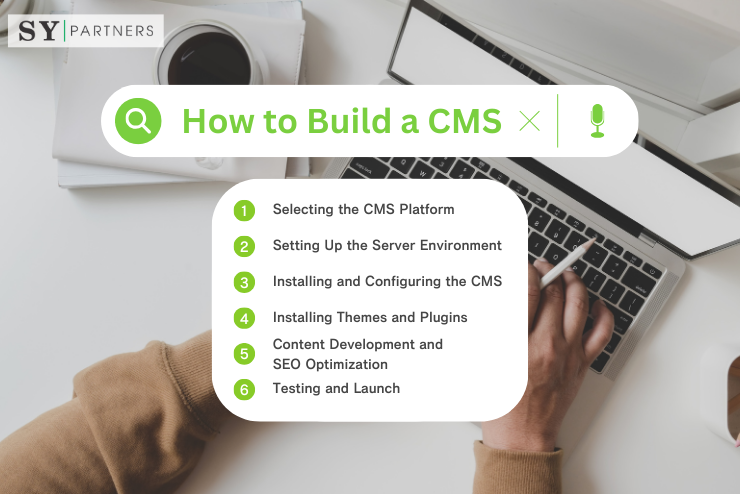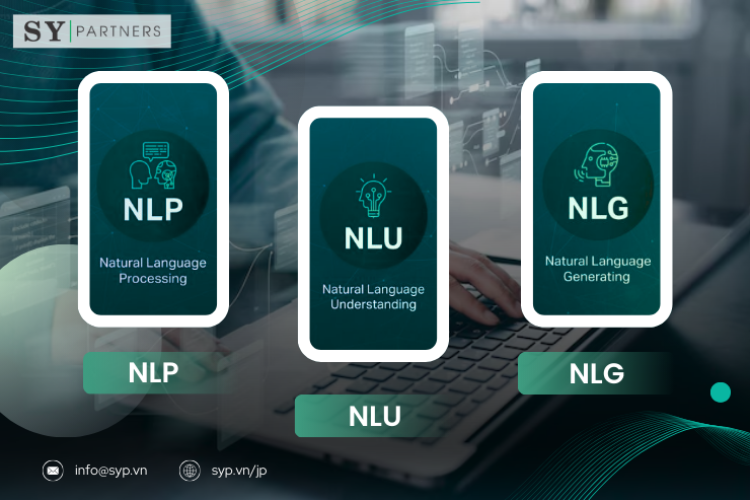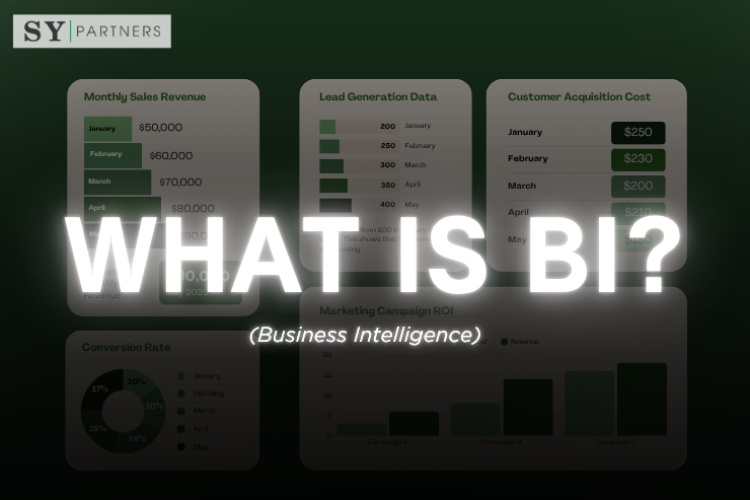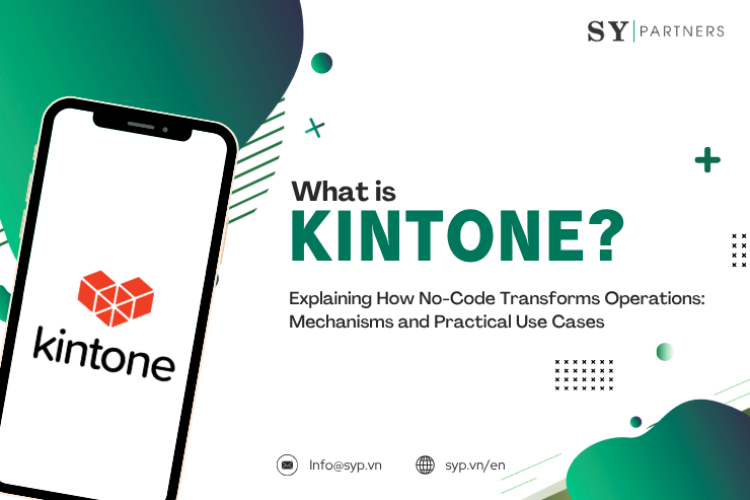Building a CMS: Full Workflow, Advantages & Disadvantages — Complete Comparison
Websites are indispensable tools for businesses and individuals alike, supporting communication, brand building, and business expansion. A Content Management System (CMS) provides a solution for managing content efficiently without requiring advanced technical expertise, making it a widely adopted choice for everything from personal blogs to large-scale corporate websites.
This article offers a comprehensive breakdown of the CMS development process, accessible for both beginners and advanced practitioners. It also explores the advantages and disadvantages of CMS adoption, operational considerations, and optimization techniques. Throughout, we employ comparative tables for clarity, covering areas such as security, performance optimization, and user experience (UX). By the end, readers will have the confidence to deploy CMS platforms effectively in real-world scenarios.
1. What is a CMS?
A Content Management System (CMS) is software designed to simplify the creation, editing, and management of website content. Its defining feature is that it allows users to manage text, images, and videos through an intuitive interface without requiring knowledge of HTML or CSS.
Representative examples include WordPress, Drupal, Joomla, and Shopify.
1.1 Core Features of a CMS
A CMS delivers multiple functions that streamline the content management process.
Core Features of a CMS
| Function | Description |
|---|---|
| Content Editing | Create, format, and manage pages and posts without coding. |
| Media Management | Upload, insert, and manage images, video, and audio. |
| User Roles | Define permissions and manage contributors. |
| SEO Tools | Built-in or plugin support for metadata, sitemaps, and URL structures. |
| Extensibility | Add themes and plugins to customize design and functionality. |
These features make CMS platforms versatile. For instance, WordPress is widely adopted by bloggers and SMEs due to its ease of use and extensibility. By adopting a CMS, organizations can accelerate updates, enable collaborative editing, and improve operational efficiency.
1.2 Types of CMS and Their Characteristics
CMS platforms come in several categories, each suited to different project needs.
Types of CMS
| Type | Characteristics | Best Suited For |
|---|---|---|
| Open-Source CMS | Free to use, highly customizable (e.g., WordPress, Joomla). | Blogs, small-to-medium websites |
| Proprietary CMS | Paid, with vendor support and robust security (e.g., Adobe Experience Manager). | Enterprises, complex projects |
| Cloud-Based CMS | No server management required, highly scalable (e.g., Wix, Squarespace). | Startups, freelancers |
| Headless CMS | Backend and frontend separated, enables flexible content delivery (e.g., Contentful). | App development, multi-channel distribution |
Understanding these types enables more strategic platform selection. The next section covers planning and preparation for building a CMS.
2. CMS Development Preparation and Overview
To ensure success, CMS development requires thorough preparation and a clear process roadmap.
2.1 Overview of the Development Process
CMS development typically unfolds in four phases: Planning, Design, Implementation, and Operations.
| Phase | Key Tasks | Objective |
|---|---|---|
| Planning | Define goals, target audience, and required features. | Clarify project direction. |
| Design | Develop site architecture, database schema, and UI design. | Lay the foundation for implementation. |
| Implementation | Install CMS, configure settings, and add initial content. | Launch a working website. |
| Operations | Maintain, update, and continuously optimize post-launch. | Ensure long-term stability. |
Example: For an e-commerce site, the planning stage must include requirements for payment gateways and inventory management.
2.2 Key Considerations Before Development
Critical factors must be assessed prior to starting development:
| Consideration | Actions | Importance |
|---|---|---|
| Site Purpose | Define goals (blog, e-commerce, corporate branding). | Establish project direction. |
| Budget & Resources | Evaluate hosting, developer skillsets, and maintenance capacity. | Avoid overruns and resource gaps. |
| Target Audience | Analyze needs and behavior patterns. | Optimize user experience. |
| Technical Requirements | Select CMS, hosting, integrations, and plugins. | Ensure efficient development. |
| Timeline | Set milestones from development to launch. | Prevent delays. |
Example: Inadequate audience research can lead to poor navigation design, resulting in higher bounce rates.
3. Step-by-Step Guide to Building a CMS
This section outlines the process of building a CMS from scratch, step by step.
3.1 Step 1: Selecting the CMS Platform
The choice of CMS platform directly impacts project success.
| CMS | Key Features | Best Use Cases |
|---|---|---|
| WordPress | Easy to use, large plugin ecosystem, strong community. | Blogs, SMB websites, e-commerce (via WooCommerce). |
| Drupal | High security, advanced customization. | Large-scale enterprise websites. |
| Joomla | Balance of usability and flexibility. | Community portals, mid-sized projects. |
| Shopify | Purpose-built for e-commerce, integrated payments & inventory. | Online stores. |
3.2 Step 2: Setting Up the Server Environment
Different hosting options have unique trade-offs:
| Hosting Type | Advantages | Disadvantages |
|---|---|---|
| Shared Hosting | Low-cost, beginner-friendly. | Performance limitations due to resource sharing. |
| VPS | Dedicated resources, customizable. | Requires technical management. |
| Cloud Hosting | Highly scalable and flexible. | Costs may fluctuate. |
| Dedicated Server | Maximum performance and control. | High cost, advanced expertise needed. |
3.3 Step 3: Installing and Configuring the CMS
Installation Steps
| Step | Description |
|---|---|
| Upload Files | Transfer CMS files to the server (via FTP or control panel). |
| Database Setup | Create a MySQL database and link to CMS. |
| Initial Setup | Configure language, admin credentials, site name, and permalink structure. |
Example: In WordPress, adjust URL structure under Settings > Permalinks for SEO optimization.
3.4 Step 4: Installing Themes and Plugins
Themes and plugins determine a site’s visual identity and functionality.
| Element | Selection Criteria |
|---|---|
| Themes | Responsive, SEO-friendly, brand-consistent customization. |
| Plugins | Reliable, reputable developers; avoid bloat by limiting usage. |
| Customization | Consistent branding, typography adjustments, disable unnecessary features. |
Example: Adding WooCommerce to WordPress instantly enables e-commerce features.
3.5 Step 5: Content Development and SEO Optimization
| Aspect | Best Practices |
|---|---|
| Content Structure | Use categories/tags for logical organization. |
| SEO | Target keywords, meta descriptions, alt text for images. |
| Performance | Optimize media, enable caching, remove unused scripts. |
3.6 Step 6: Testing and Launch
Pre-launch testing ensures quality:
| Test | Details |
|---|---|
| Functionality | Validate forms, links, and plugin compatibility. |
| Cross-Browser | Test across Chrome, Firefox, Safari, etc. |
| Mobile Responsiveness | Verify usability on smartphones and tablets. |
Post-launch, tools like Google Analytics provide behavioral insights for continuous improvement.
4. CMS Advantages and Disadvantages
| Advantages | Disadvantages |
|---|---|
| Low technical barrier; editors can publish without developer help | Advanced customization requires technical skills |
| Wide ecosystem of themes and plugins for rapid feature expansion | Security vulnerabilities if plugins/themes are unmaintained |
| Supports team collaboration and workflows | Requires continuous updates and maintenance |
| Built-in SEO and content management features | Too many plugins can degrade performance |
| Fast time-to-market compared with building from scratch | Enterprise needs may require paid/proprietary solutions and higher cost |
To maximize benefits and reduce risks: choose a CMS matching the project needs, use reputable plugins, and maintain regular updates and backups.
5. Optimization points for CMS build & operation
5.1 Security hardening
| Measure | Details |
|---|---|
| Regular updates | Keep CMS core, themes, and plugins up-to-date |
| Strong passwords | Enforce strong admin passwords and account hygiene |
| Two-Factor Authentication (2FA) | Add 2FA to admin accounts to prevent unauthorized access |
| Backups | Schedule daily/weekly automatic backups and test restoration |
| Security plugins | Use tools like Wordfence or Sucuri for firewall & monitoring |
Neglecting security risks data breaches and site defacement. For example, enabling Wordfence firewall provides real-time threat detection.
5.2 Performance optimization
| Action | Purpose |
|---|---|
| Image compression | Reduce page weight (use WebP via TinyPNG or similar) |
| Caching | Use page/object caching (e.g., WP Rocket) for faster load times |
| CDN | Use Cloudflare or equivalent to serve content globally |
| DB optimization | Remove old revisions and transient data to keep the DB lean |
Improving performance reduces bounce rates and is beneficial for SEO.
5.3 Improve user experience
| Area | Recommendations |
|---|---|
| Navigation | Keep menus simple and findable |
| Mobile support | Ensure responsive UI / mobile-first design |
| Accessibility | Follow WCAG to support users with disabilities |
| Visual design | Maintain consistent brand colors & typography |
Better UX boosts engagement and repeat visits.
6. CMS Operation & Continuous Improvement
6.1 Periodic maintenance tasks
| Task | Frequency | Details |
|---|---|---|
| Content updates | Ongoing | Keep information fresh; add new posts/resources |
| Performance monitoring | Weekly / Monthly | Check PageSpeed Insights and address regressions |
| Security audits | Monthly / Quarterly | Run vulnerability scans and patch issues |
| Backup validation | Weekly / Monthly | Verify backups can be restored successfully |
Skipping maintenance degrades reliability and trust.
6.2 Use of user feedback
| Method | How to use |
|---|---|
| Surveys | Google Forms to collect user impressions |
| Analytics | Google Analytics to spot behavioral patterns |
| A/B testing | Try alternative designs and CTAs to measure impact |
| Heatmaps | Hotjar to analyze click and scroll behavior |
Feedback helps prioritize improvements with measurable impact.
6.3 Data-driven improvement approach
| Approach | Actions |
|---|---|
| KPI definition | Set page views, conversion rate, session duration targets |
| Tools | Use Google Analytics, Search Console, and dashboards |
| Prioritization | Prioritize fixes based on data-driven business impact |
A data-led cycle of measurement → fix → evaluate increases success probability.
Summary
A CMS is a powerful instrument for building and operating websites efficiently. This article covered CMS fundamentals, step-by-step construction guidelines, pros and cons, and operation best practices—reinforced with many tables. With planning, correct platform selection, attention to security, and performance and UX optimizations, you can build a high-value, user-friendly site. Use these steps as a roadmap to take on CMS projects confidently.
Frequently Asked Questions (FAQ)
Q1: What is a CMS and how does it work?
| Item | Explanation |
|---|---|
| What is it? | A CMS (Content Management System) allows non-technical users to create, edit and manage website content through an admin UI. |
| Core functions | Page creation, post management, uploading images & video |
| Code-free operation | Editors can manage content without HTML/CSS knowledge |
| Admin features | User permissions and access control |
| Extensibility | Plugins and themes enable feature expansion |
A CMS makes web publishing accessible to people without programming skills.
Q2: What are the benefits and drawbacks of adopting a CMS?
| Benefits | Drawbacks |
|---|---|
| Easy content management for non-technical users | Advanced custom features require developers |
| Large selection of themes and plugins | Security risks from outdated plugins or themes |
| Enables team workflows and collaborative editing | Requires ongoing maintenance and updates |
| SEO capabilities out-of-the-box | Excessive plugins can harm performance |
To harness advantages while mitigating risks, limit plugin use to essentials and maintain a regular update/backup policy.
Q3: How to choose the right CMS for my project?
| CMS Type | Characteristics | Use cases |
|---|---|---|
| WordPress | Easy to use, plugin-rich | Blogs, SMB sites |
| Drupal | High security and customization | Enterprise sites |
| Joomla | Balanced ease & flexibility | Community/medium sites |
| Shopify | E-commerce focused | Online retailers |
| Headless CMS | API-driven, front/backend separated | Multi-channel delivery, apps |
Select according to requirements for security, scalability, budget, and team skills.


 EN
EN JP
JP KR
KR




